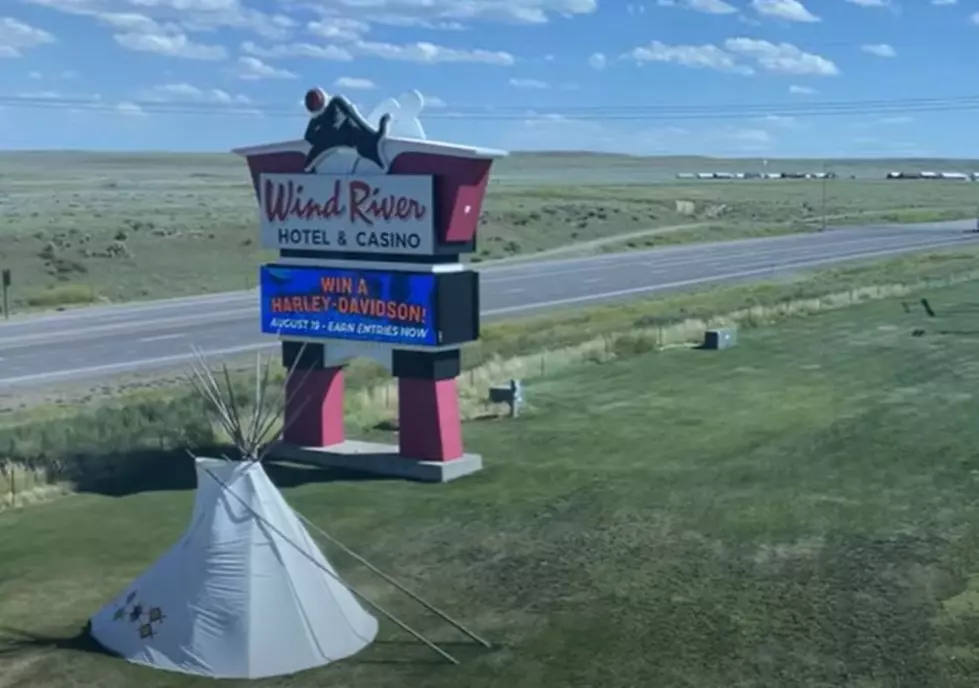
U.S. Attorney’s Office Bolsters Efforts to Curb Violent Crime in Tribal Communities
An announcement from the U.S. Justice Department says it has partnered with the federal government as well as people throughout American Indian and Alaska Native communities, in recognizing May 5 as National Missing or Murdered Indigenous Persons (MMIP) Awareness Day.
Attorney General Merrick B. Garland says they will bolster efforts to tackle violent crime and other pressing public safety challenges, like the fentanyl crisis, which have negatively affected Native Americans, exacerbating violence and addiction in already vulnerable communities.
Since 1995, the U.S. Justice Department Attorney's Office has had a branch dedicated to serving the Reservation, which used to include three federal prosecutors and a paralegal. Recently, they added a fourth prosecutor to the Indian Country Prosecution Team.
“There is still so much more to do in the face of persistently high levels of violence that Tribal communities have endured for generations, and that women and girls, particularly, have endured,” said Attorney General Merrick B. Garland.
“In carrying out our work, we seek to honor those who are still missing, those who were stolen from their communities, and their loved ones who are left with unimaginable pain. Tribal communities deserve safety, and they deserve justice.This day challenges all of us at the Justice Department to double down on our efforts, and to be true partners with Tribal communities as we seek to end this crisis.”
“The U.S. Attorney’s Office works closely with our federal, Tribal, state, and local law enforcement partners in and around the Reservation,” said U.S. Attorney Nicholas Vassallo. “We could not be effective without these partnerships.”
Like the U.S. Attorney’s Office, the FBI maintains an office in Lander to investigate crimes committed on the Reservation. In addition, the Bureau of Indian Affairs operates the Wind River Police Department and employs special agents on the Reservation.
Tourist Attractions in Wyoming
Gallery Credit: Kolby Fedore, TSM
Wyoming Black History in Pictures
Gallery Credit: Kolby Fedore, Townsquare Media

